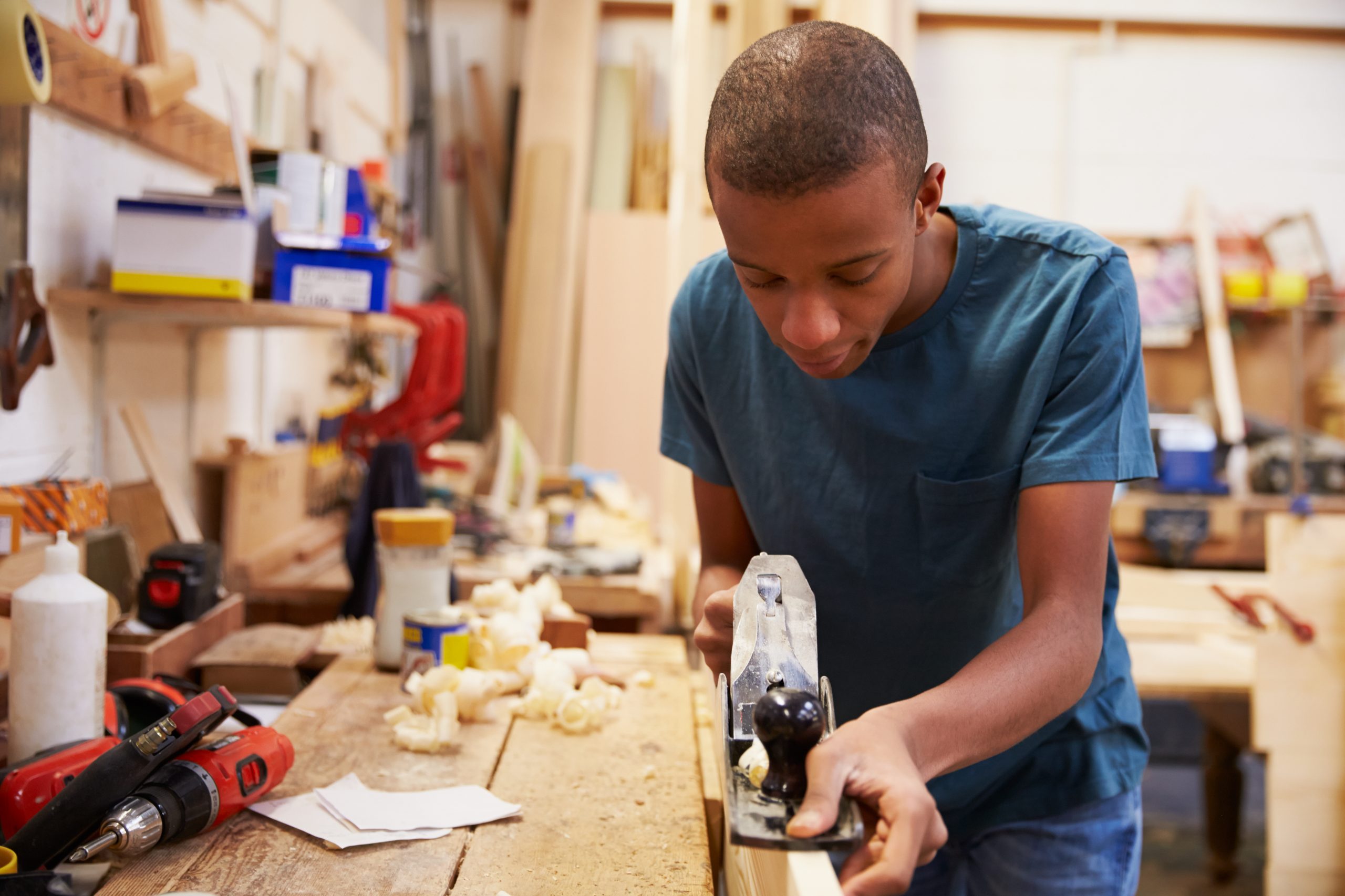The 2016 Spark!Lab Invent It Challenge is finally off and running. This year, kids ages 5 to 21 need to identify a real-world health problem and come up with a solution to the problem. Each entry must follow the seven step invention process spelled out by our partner, the Smithsonian’s Spark!Lab. For the next 7 weeks or so, we are going to be highlighting each step in the Spark!Lab’s seven-step process with the goal of helping parents help their children make the most of this learning opportunity and achieve optimum results.
Oh boy, oh boy, oh boy. It’s the moment we’ve all been waiting for. It’s time for your child to take the idea they have developed, researched, and sketched and create a prototype of their life-changing invention.
While this may be one of the most exciting parts of the invention process, it is also likely to be filled with setbacks, frustrations, and changes to the plan. In engineering, things often don’t work the way you think they will. To help your child navigate through this step, here are some things your young inventor should keep in mind throughout the Create It process:
1- Start with materials you already have around the house.
When you are about to start creating something new it can be tempting to run out to the hardware or craft store and buy a slew of new supplies and materials. In general,however, it is better to help your child find materials you already have around the house for this first attempt at creating their project. Ask them to think of materials that are approximately the same size or shape as what they may eventually use. For example, if your child’s project needs PVC pipe, approximate it with the tubing from wrapping paper or paper towels. If your child needs some sort of fabric, see if anyone has an old towel or sheet that can be cut up. Using recyclable materials will save you money and give your child a chance to think about the best materials to use for their finished product.
2- Keep the design simple
Remind your child not to get too fancy with this first try at engineering their invention. He or she doesn’t need decorations or frills. This attempt should be the bare bones type of engineering where just getting the pieces to fit together into an approximation of the final is the goal.
3- Don’t try to get it perfect the first time
See tip #2. It doesn’t need to be even close to perfect this first time. In fact, remind your child that failure is part of the invention process. So is trying again. If your child is getting upset that things aren’t going as planned have them take a break and come back to it later.
4- Document your progress as you go.
The Invent It judges want to see each step of the invention process so have someone take pictures of your child’s attempts to get their project through this phase. If your child is struggling, having pictures of what is going wrong can also be a good way to review what is and what isn’t working. Reviewing the pictures might also give the inventor a new way of seeing the project or a new idea to fix a piece that isn’t going as planned.
5- Think outside the lines.
Yes, your child drew a diagram in a certain way, but if the actual building isn’t quite living up to the drawing, it’s time for your child to reimagine how the project might work. Have the inventor make a new drawing accounting for the challenges they’ve discovered and add that drawing to your documentation. This is part of the documentation process that the judges love to see.
After your child gets their first prototype to completion, take some time to celebrate their initiative and their creativity. He or she is a maker in the truest sense of the word and we can’t wait to see the amazing inventions they are creating.
Missed learning about the previous Invent It! 2016 steps?



